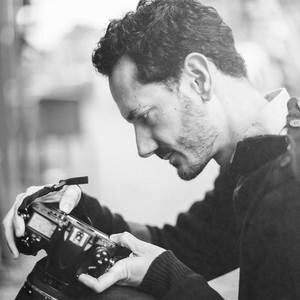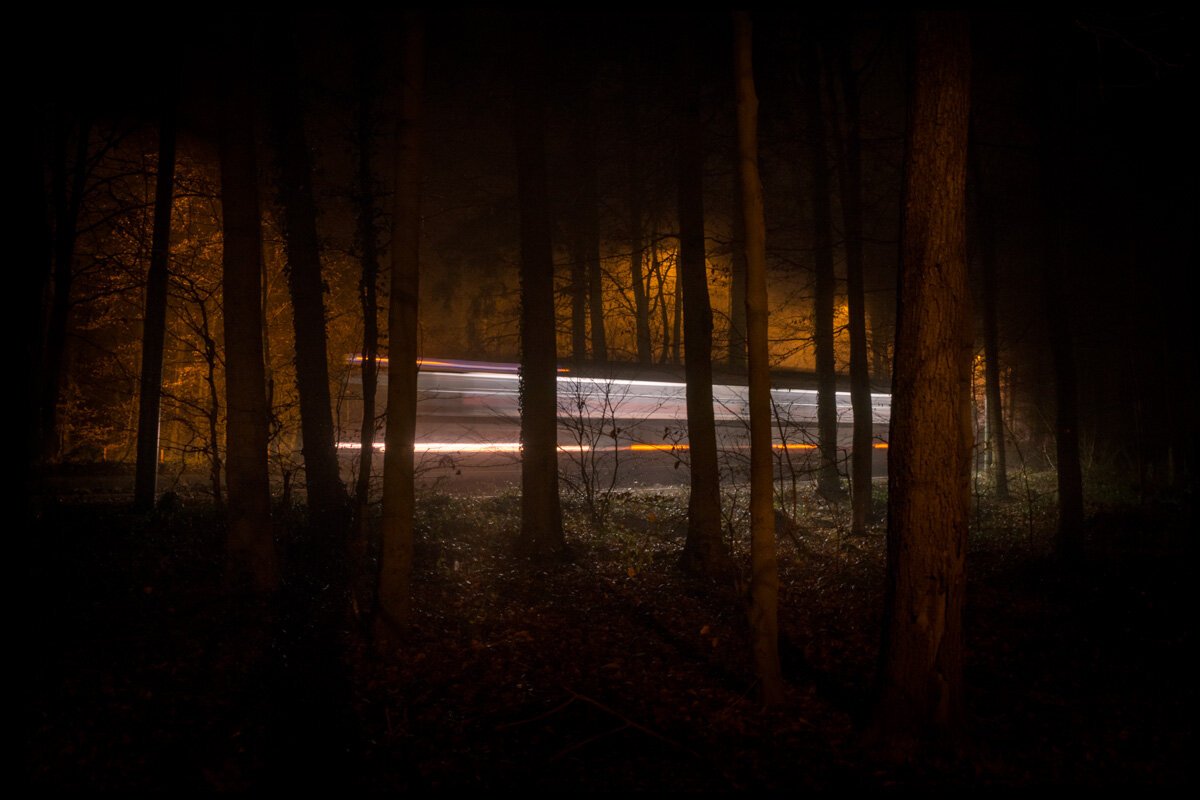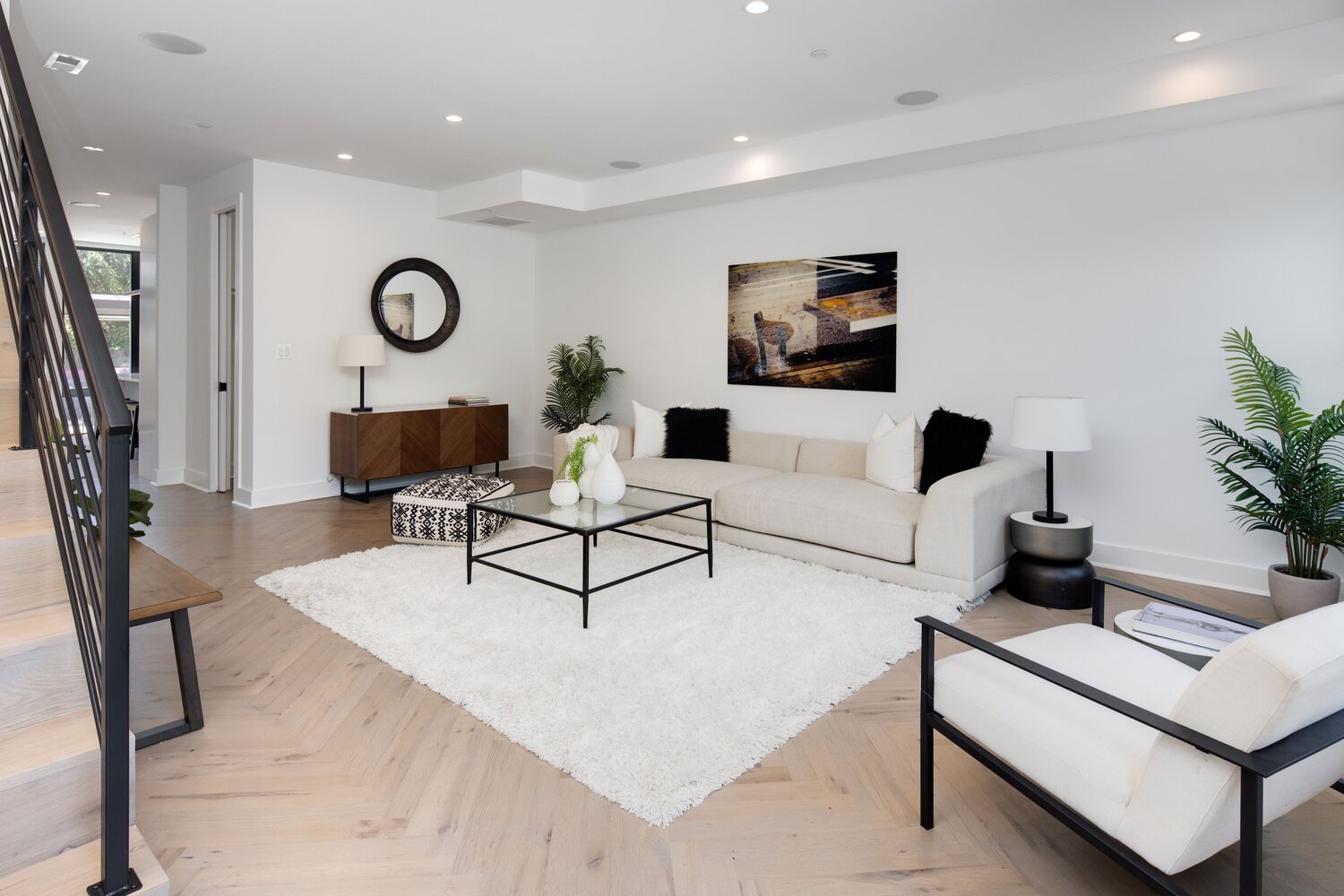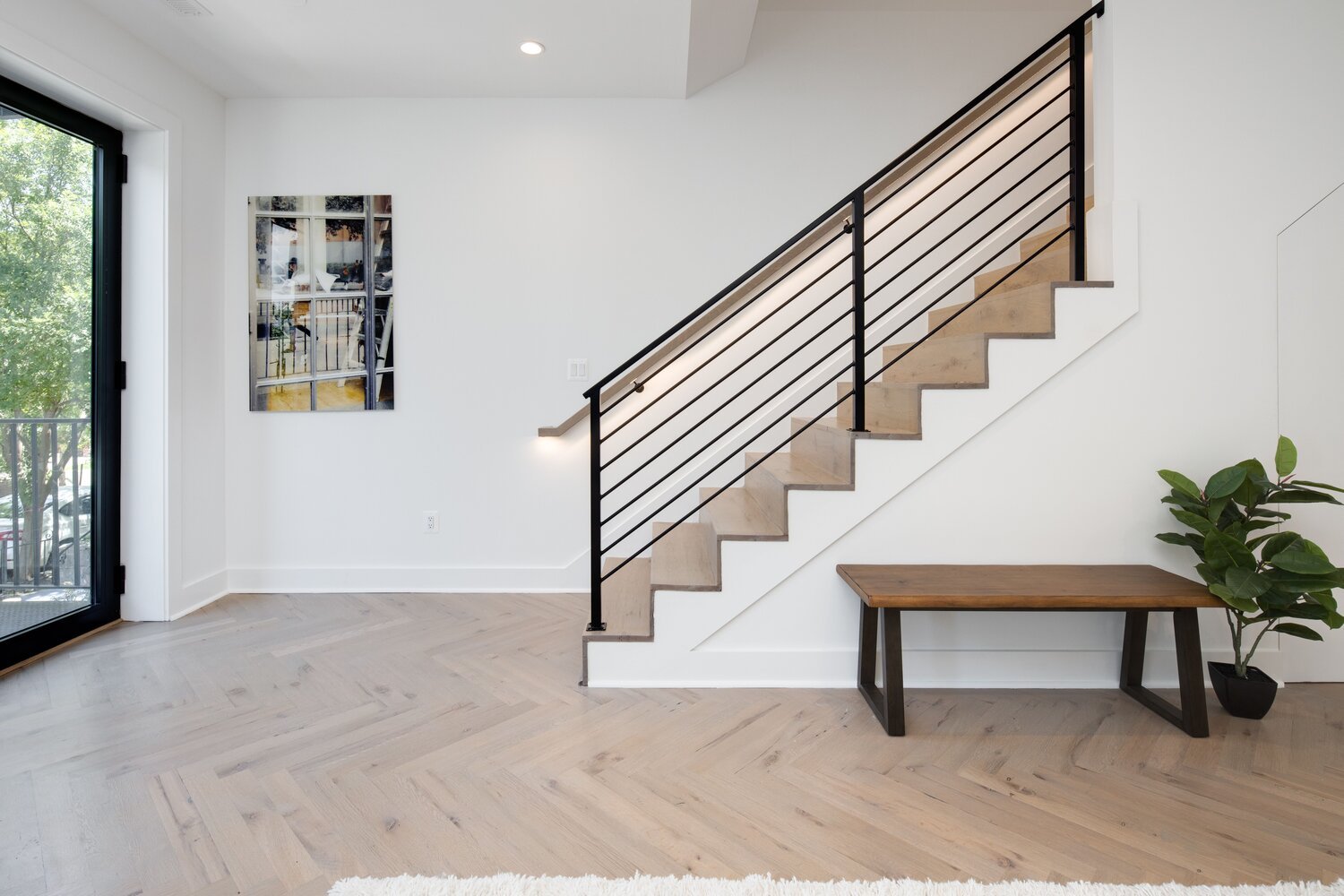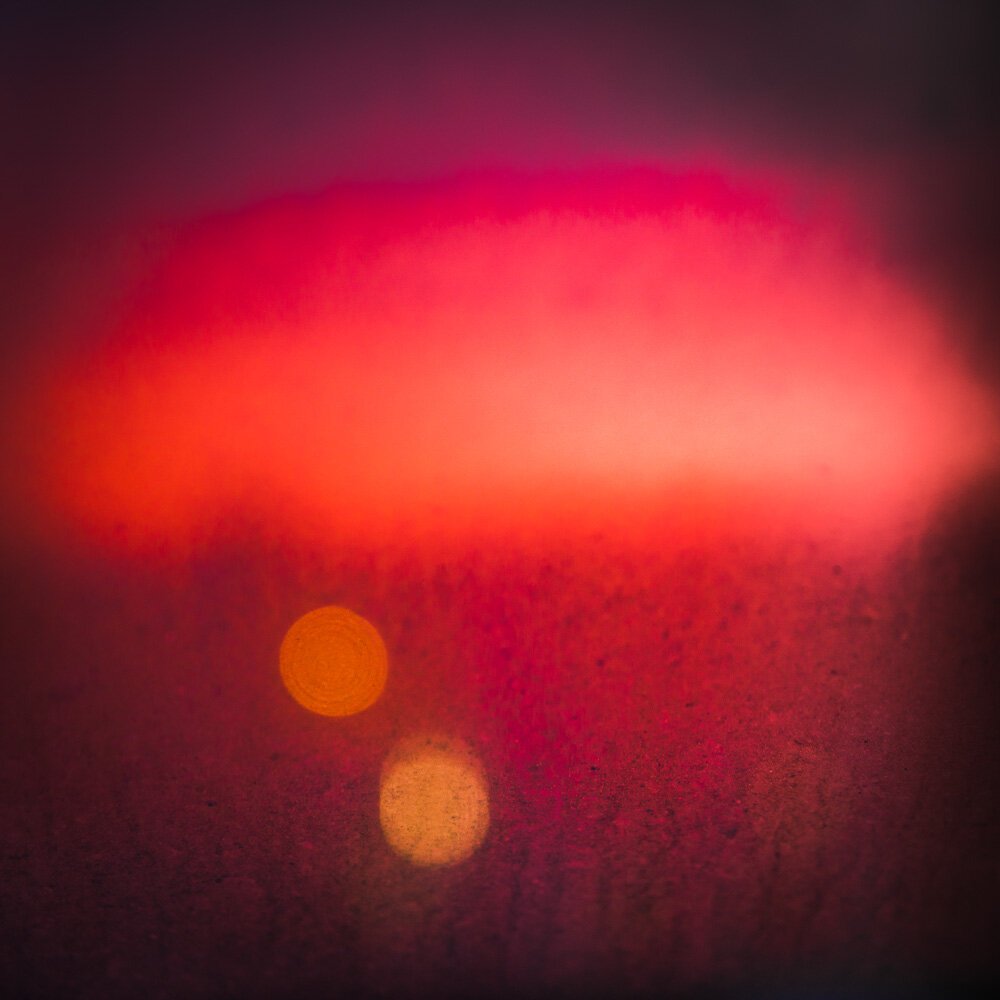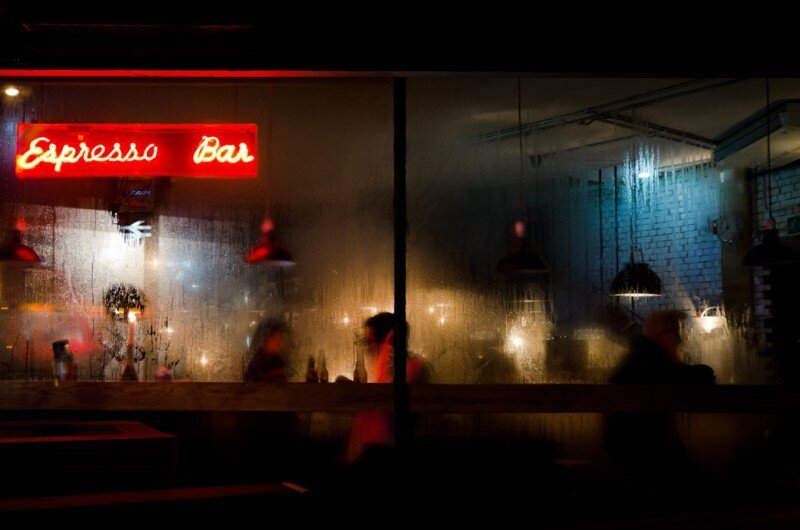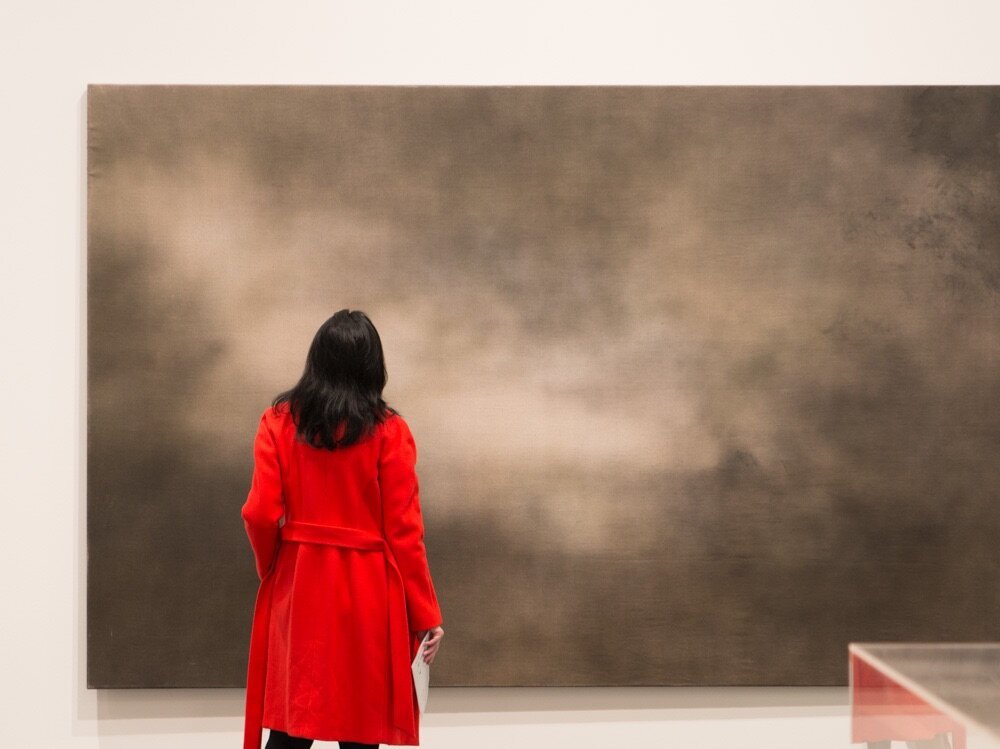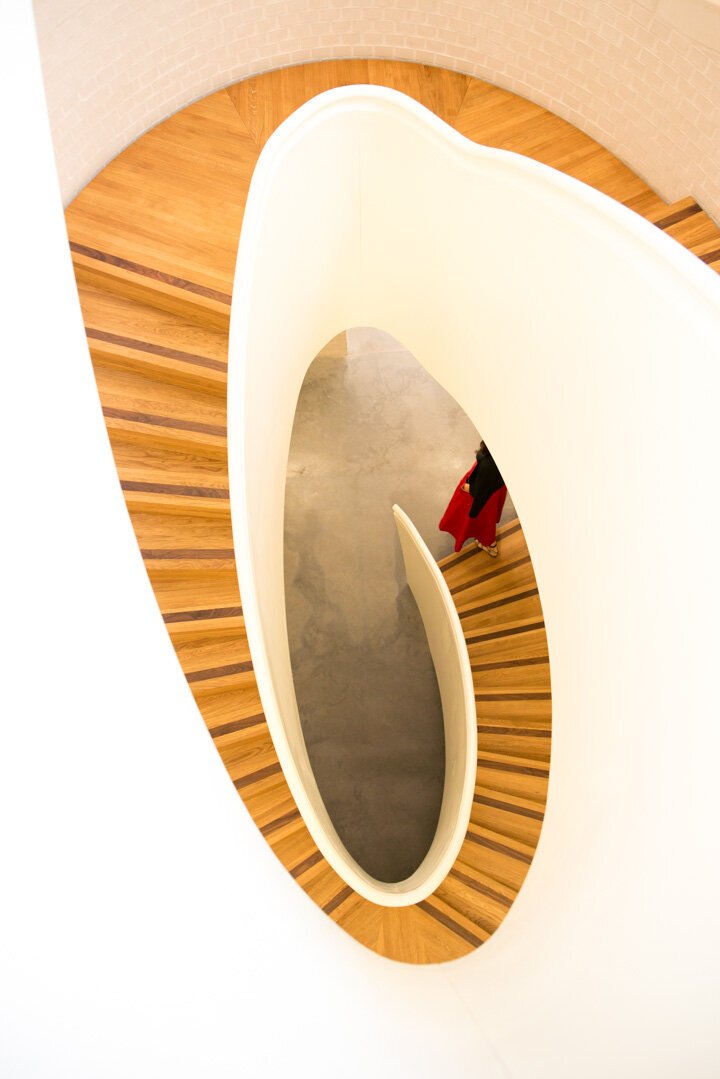Pedro Correa
Born in Madrid in 1977, Pedro Correa moved to Brussels at the age of 14, where he studied oil painting and comic art at the Brussel's Royal Academy of Arts in parallel with a Ph.D. in image processing at the University of Engineering of Louvain. In his artistic development, Pedro Correa soon became fascinated by photography and the possibility to capture the poetic and fragile scene that came to life for only a split second.
Influenced by his impressionistic painting background (his mother is also a painter), his style was born by experimenting with ways of injecting the emotions of impressionism into the "decisive moment" of photography, without manipulating or digitally retouching the image.
He soon became able to create a body of work that transcends what lies in plain sight, by giving as much importance to a rigorous composition of the image as to the subtle and invisible atmosphere that is part of the scene.
After leaving his day job as a Project Manager in a multinational corporation in 2012 in order to become a full-time fine art photographer, he created his most transversal body of work, Urban Impressions, as a manifest to reconnect with the invisible and the present moment, in order to find the beauty that surrounds us without us noticing it.
In 2017 the Washington Post critic defined this series as "seeking universal qualities of city life."
Urban Impressions Series
Photography is Pedro Correa’s way of attesting to the city’s attraction: “All my pictures are love songs to the city. Not any particular one, but rather the universal idea of a city. Photos that depict the mix of various cultures, people bumping into each other, colors, energy, things happening on every corner…” Pedro Correa comes so close that names become irrelevant. “Exactly! My migration, my search, my work, and my eye have evolved beyond the surface and have moved to works aimed at the spirit of the global, nameless, and placeless city. It’s my perception of the city that I want to show, the feeling rather than an actual picture.”
Correa never manipulates his photographs, simply framing real moments using clever, layered compositions. “ I use levels, and I do post process my photographs, but i never erase parts, detour, copy-paste or add layers. Those layers are already in the image. I work a lot with reflection and superimposition but using reality itself, things that are there that exist, like shades, reflections, grain, dust, and the texture in general. Again the things that often go unnoticed.” The attention to light, reflections – veils cast over reality- soon make clear what Pedro Correa seeks to express in his photography.
“I like to underline what is not obvious, what would be worth getting a bit more attention. There is beauty to be found everywhere, even in the things that you might consider ugly at first. This doesn’t require the manipulation of reality. It is capturing a specific moment that is not constructed but which is just there. To me, that can only be transmitted through impressionism, by adding feeling to the decisive moment. that way you get a story in a single image, something of a mystery.” - Excerpt from Agenda Magazine, by Kurt Snoeckx
Home of Art Series
The Home of Art series gives a personal view of the unique atmosphere that reigns in museums, its “Guardians of Art’ and in general the way art is presented and approached. Growing up in an artistic family, Correa reflects that since his youngest age he spent more time in museums and galleries than in playgrounds. As he grew as an Artist and individual, he noticed a particular feeling toward the museum experience and those places that he took for granted were something extraordinary, even fragile. Home of Art series encapsulates photographs from all the museums Correa has visited all over the world since he began this project- West and East coast in the US, France, UK, Spain, Germany, The Netherlands, Belgium, and Japan. Providing a closer look, a tribute as a whole, globally and not for a specific artwork or a particular institution.
Correa sought to capture “how art can live and blossom; and also those aspects that make it possible: the place itself, the guards and the viewers. Through this series, Correa felt a particular urge to dedicate these work to the guards, or ‘Guardians of Art’ as Correa prefers to call them. They are pictured both as a symbol, a representation of the whole institution protecting the artworks and also more importantly as human beings, as the final protective but also an educational link between the works and the viewer. Looking closely at the entirety of the series the viewer will feel profound loneliness in their eyes. Become one with the surroundings, while extremely important they seem to disappear behind corners becoming almost invisible. It is because of this paradox: the fact they are so important and at the same time so invisible and even sometimes despised, that Correa dedicates this series to them. Museums are the archives of what could define us a Humans, and in that sense, they [the guardians of art] carry a weighty responsibility and thus exude an extraordinary atmosphere.
Portraying the global community we live in, the photographs are not poses but a reality captured by Pedro Correa. Almost every museum has restrictions when it comes to taking photographs. Correa admits that walking around with a camera drew attention to him (not necessarily in a good way), making him feel like a hunter …“ It was, in the end, exhilarating, and made me sharpen my senses like never before since I had to take every shot before anybody was able to see me”.
